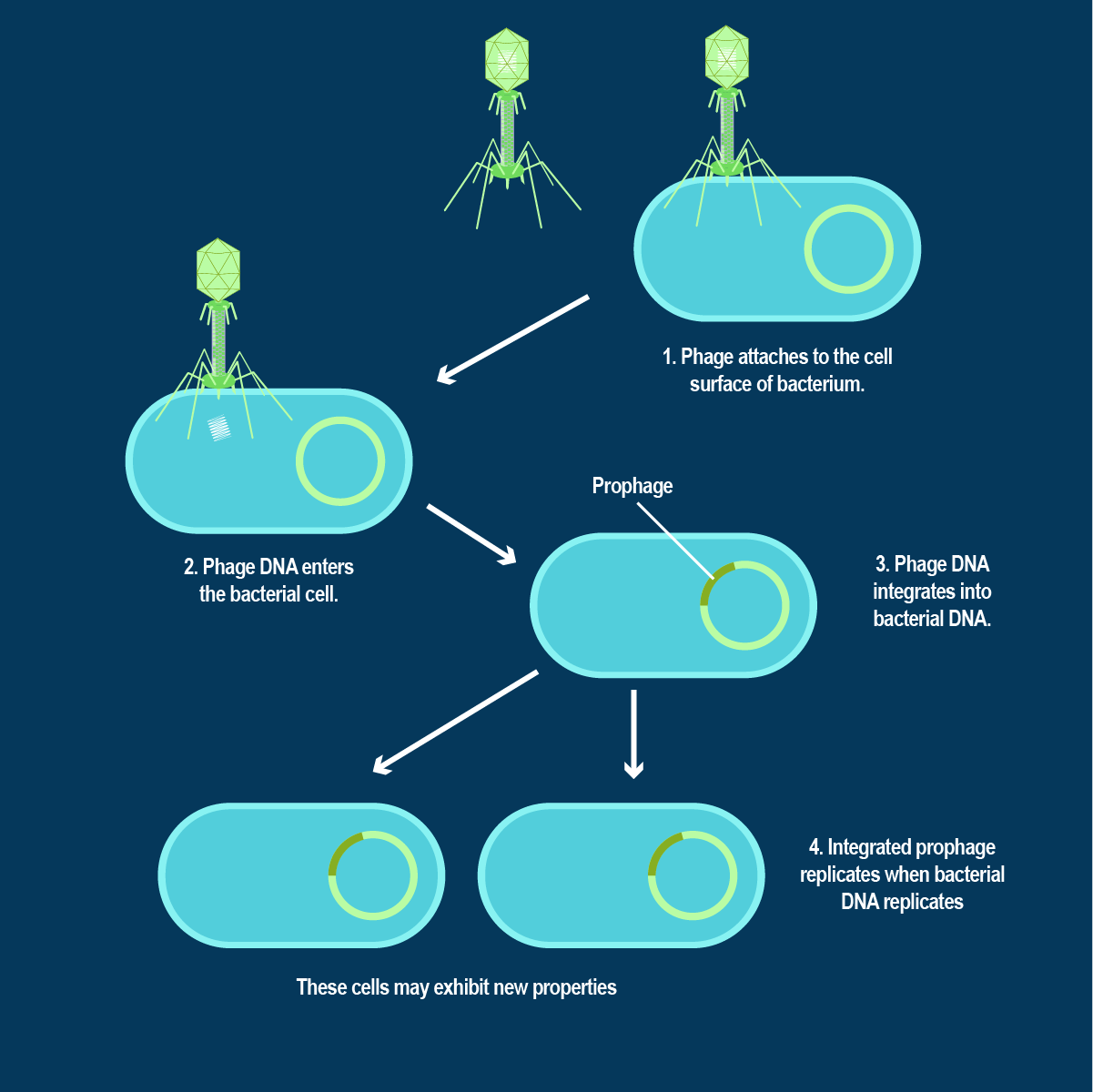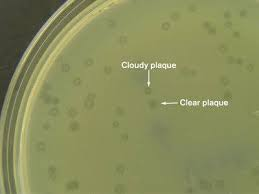An infection that results in prophage genome replication but does not explicitly involve virion production except after subsequent prophage induction. Lytic infections, on the other hand, involve both phage replication and virion production. Phage-genome replication and virion production do not occur in the context of pseudo-lysogenic infections. Lysogenic infections should not be confused with “temperate-phage infections,” because temperate phages can infect using both strategies (lytic and lysogenic). Since most phages can infect bacterial cells and cause lysis despite having a lysogenic cycle, temperate phages are more common.
Can temperate phages cause cell lysis?
Under certain conditions, temperate phages can be induced to enter a lytic cycle. Most studies indicate that when the host cell is stressed, the lytic cycle is activated.
What is a typical characteristic of a temperate phage plaque?
When it infects a rapidly growing population of bacterial cells, it produces a plaque with something like a “bulls-eye” morphological feature, with a turbid centre surrounded by a clearing ring (See the image below).
Which phage lytic or temperate type is a better candidate for phage therapy?
For several reasons, lytic phages are better suited for phage therapy than temperate phages. Because they do not integrate their DNA with the bacterial genome, their lytic cycle is shorter, resulting in maximum results in a short period. Furthermore, if the phage is purely lytic, the transfer of undesirable genes from one bacteria to another (horizontal gene transfer) is unlikely. Temperate phages can be applied to other applications in the biotechnology industry. However, more research is needed to identify any benefits that can be used in phage therapy.
What are the similarities between the lytic and lysogenic cycles?
- Both are mechanisms of viral reproduction.
- They take place within the host cell.
- Both lytic and lysogenic can moderate the DNA replication and the protein synthesis of the host cell.
Temperate bacteriophages have a lysogenic life cycle, which requires the viral genome to be incorporated into the bacterial chromosome. This is how bacteriophage DNA is transferred without the infected cell being killed.






